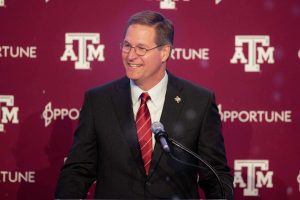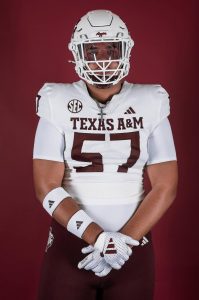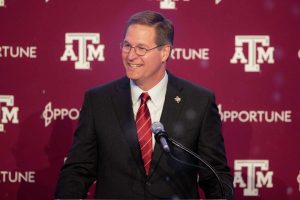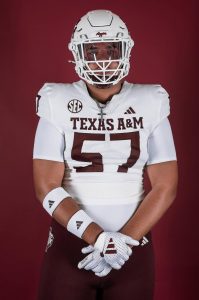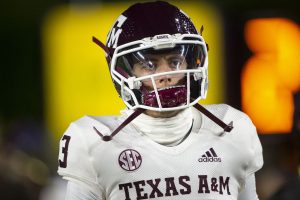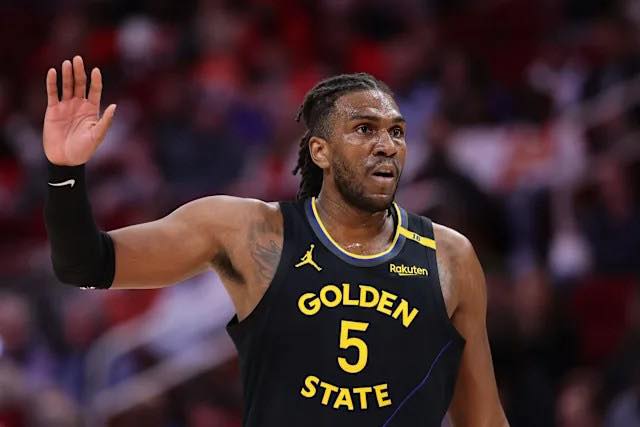
When the Golden State Warriors swung the deal for Jimmy Butler back in early February, whispers around the league began sizing up the move. Was it too risky, too disruptive? Could a 35-year-old, injury-wary playoff warrior genuinely fit into Golden State’s rhythm? In the weeks that followed, those doubts faded fast, and coach Steve Kerr’s confidence never wavered. After the trade, Kerr didn’t beat around the bush: “We’re going for it — instantly one of the best teams in the league.” That line said it all. Let’s explore the game‑changing effect of Jimmy Butler’s arrival, through Kerr’s eyes and the unfolding on‑court reality.
Kerr didn’t mince words. From the moment the deal went down, he knew the Warriors had flipped a switch. This wasn’t just swapping names on a roster—it was rewriting the script. As Kerr told reporters after the season ended, “Jimmy changed our season, flipped everything for us and gave us a chance. We became one of the best teams in the league.” (nbcsportsbayarea.com, reuters.com) Those aren’t casual words—they’re the voice of a coach who saw a dormant title contender reignite almost instantly.
The transformation was tangible. Trading a package headlined by Andrew Wiggins and Kyle Anderson wasn’t taken lightly—it was a calculated risk. Wiggins had become a steady veteran; Anderson a consistent glue player. But Kerr recognized a gap: the team needed urgency, playmaking, two‑way aggression. Jimmy fits that description perfectly. His arrival wasn’t about recalibrating for next year—it was a full tilt for now. As Kerr opined, “we’re going for it” and no filler words needed.
And Butler’s impact? Immediate. The Warriors went 5‑1 after the trade, with Butler averaging 20 points and nearly 6 rebounds—and over 9 free throws a night—sparking offense and lifting Curry’s load . That scoring wasn’t just numbers; it reshaped how defenses approached Golden State, opening up space for Curry and loosening up their offense. McKinley’s impact on spacing and playoff momentum can’t be understated—it revived Golden State’s identity.
Kerr’s excitement shines through in exit interviews and ultras whose analysis reveals depth in his remarks. In post-season remarks, he praised the way Butler “flipped everything” and credited that pivot with the team’s success . The path from treading water to vying was Kerr’s goal, and Butler provided the wake-up call.
Kerr’s vision went deeper than performance; it tapped into team culture and identity. On LetsGoWarriors.com, analysts noted that Kerr called a “masterclass” on Butler’s fit—how his arrival stabilized offense, linked offense to defense, and helped control games. “Since Jimmy’s arrival … we seem to be in control of games,” Kerr said, praising that newfound composure (reuters.com, letsgowarriors.com). This isn’t just about shots made; it’s about instilling belief, identity, rhythm, resilience.
Behind the scenes is a culture shift. Butler arrived to clear expectations: show up on time, compete as a group—no surprises. Those were Kerr’s only non-negotiables (nbcsportsbayarea.com). Show up, play hard. Butler embraced it. He didn’t just fit in—he elevated the standard. Kerr recognized Butler’s quirks, embraced the intensity, and kept things united: “You be you … as long as it doesn’t get in the way of the ultimate goal: Winning.” (nbcsportsbayarea.com)
The result? Renewed credibility at a time when critics questioned the aging splash trio of Curry (37), Green and Butler (35). But Butler’s arrival offered a fresh perspective—and momentum. Kerr, reflecting after their elimination, said Butler gave them a shot at being “one of the best teams in the league.” That statement alone carries gravitas—not just bold ambition, but a coach trusting his gamble had paid real dividends (talksport.com).
Beyond narrative, the hard-numbers back it up. Warriors climbed in offensive execution, elite transition, ball control, interconnectivity—the kind of statistics that typically only veterans with synergy achieve . Those performance shifts aren’t accidental; they’re the result of a veteran who demands accountability and calm when it matters most.
The playoff run offered a window into that transformation. Despite battling nagging injuries—Curry’s hamstring strain, fatigue, and Butler’s familiar postseason intensity—the roster gelled. And even though they fell to younger Wolves, Kerr said with no apology: “Jimmy changed our season … we became one of the best teams in the league.” (reuters.com) That doesn’t read like a mere consolation; it’s pride in reaching the team’s potential.
So what lies ahead? The postseason reevaluation will center on supporting this trio. The Warriors, in the offseason, face decisions about Kuminga, youth, draft. But they also know Butler is part of the now. Kerr’s vision is clear: a lineup built now to win now—with Butler central. Their choice? Build around experience or chase youth. But there’s no denying the mindset: Kerr is aiming to optimize this group, not wait.
Jimmy Butler’s arrival signalled more than a roster move. It was the ignition of Golden State’s next mission—championship now. Fans can debate age versus upside, but Kerr is already past that. He’s coaching Butler like a cornerstone, speaking like a contender. His quote hangs in the air: “We’re going for it — instantly one of the best teams in the league.” That wasn’t marketing—it was a coach staking his claim. And the numbers, the execution, the competitive edge? They followed.
In the end, trades are gambles. Some don’t pay off. Some define eras. This one? Early returns signal the latter. Jimmy brought scoring, toughness, urgency. Kerr brought vision, trust, cohesion. Together, they recalibrated an aging dynasty into something urgent and present. “Instantly best” isn’t hyperbole—it’s descriptive. It’s a blueprint for confrontations, elite playoffs, statements of intent. It’s Golden State’s next chapter—and Kerr’s message is clear: the curtain rises now, and they’re all in.
